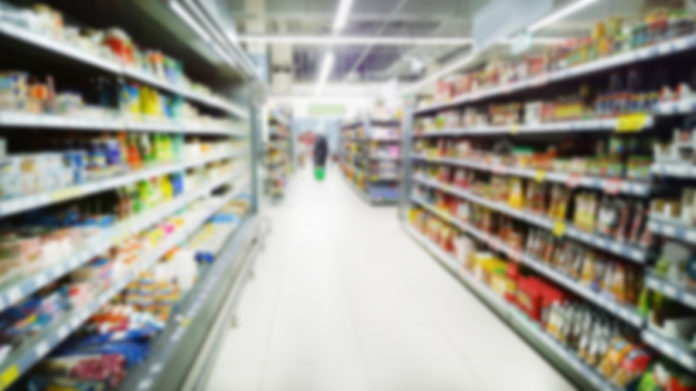
America will never return to the normal of February 2020, according to The CPG Post-Pandemic Outlook, a report from Consumer Brands Association (CBA). The pandemic is permanently changing behavior and how consumers relate to CPG products.
“The question for the CPG industry is how this redefined normal will translate to its business and the consumers it serves,” states the report, which looks at five trends going forward.
Increased demand continues
Emerging from the pandemic will be slow, with consumers keeping many lifestyle changes long-term or permanently. For example, a CBA survey found 82% of employees who have worked remotely during the pandemic want to continue at least few days a week. A new remote workforce means continued at-home consumption and increased demand for CPG products.
With Americans spending more time at home, sales of CPG products will remain up in 2021 and probably beyond. CBA expects 2021 CPG purchases to decrease between 1% and 2% from 2020. That still puts expected 2021 purchases between 7.4% and 8.5% above the last “normal” year of 2019.
Permanent changes to supply chains
Future supply chains will focus more on resiliency, not only efficiency. Shortages and empty shelves around the start of the pandemic highlighted supply chain issues. Improving the supply chain to reduce disruptions was the top answer consumers gave when asked how companies could increase confidence post-COVID-19.
Consumers also said they likely would continue to stock up the most-in-demand products from the pandemic. For example, 45% said they would store more shelf-stable food.
Another supply chain consideration is increased online ordering. Of the 47% of consumers who said they ordered online during the pandemic, 77% plan to continue after the pandemic. “The explosion of e-commerce will force an evolution for CPG and retailer collaboration and bring with it a host of questions around everything from the number of SKUs to consumer data,” said the report.

Fixing the recycling system
COVID-19 brought an increase in plastic and waste as reusable options were paused for fear of spreading the virus. Still, many consumers show concern about waste and want more recyclable packaging. The problem is the United States has almost 10,000 recycling systems that operate under different rules and municipal budget constraints. This hodgepodge makes it difficult for consumers to know what to recycle and for manufacturers to choose the best type of recyclable packaging to use.
CBA believes developing a uniform, modern recycling system will ensure recyclable materials are properly collected and processed, creating a circular economy and strong supply of post-consumer recycled content for use in future packaging.
More and more transparency
The ongoing trend of consumer demand for transparency is accelerating as people become more comfortable finding information online. Technology offers options for giving consumers the most up-to-date available information — which can go far beyond government-required disclosures. The CBA survey found 57% of consumers trust companies more if they offer information beyond what the government requires.
“The pandemic changed the digital game. In five years, we will be stunned that we even had conversations about the appropriateness of putting product information online,” states the report.
Increasing social consciousness
Readily available information has accelerated conscious consumerism, and how consumers perceive brands is increasingly tied to their social and environmental values.
In the CBA survey, 40% of consumers said they were equally likely to reward companies for something positive and punish them for something negative. Twenty-five percent said they were more likely to punish, while 20% said they were more likely to reward. Only 15% said they probably wouldn’t do either, showing passive consumers are in the minority.
The report concludes the CPG industry will emerge changed from the pandemic, using lessons learned to make the industry more resilient, trusted, and ready to meet consumer needs.








